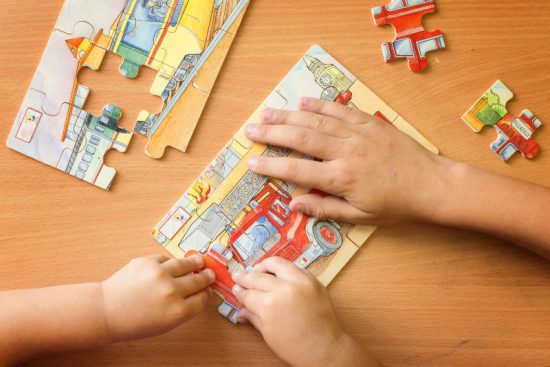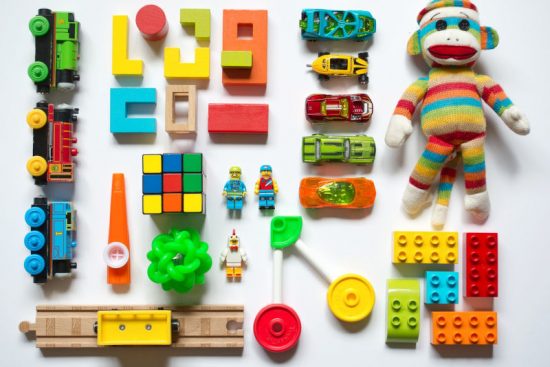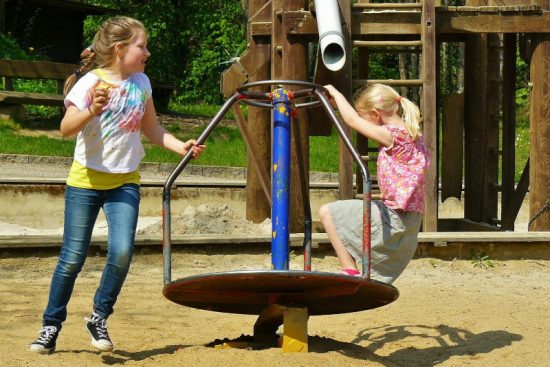
For military families, the word “home” is more of a feeling than a fixed place. Frequent moves, unfamiliar neighborhoods, and temporary housing are part of the rhythm of military life. While adults often focus on the logistics of setting up a new household, for children, these transitions can be deeply unsettling.
Every time a family uproots, kids are asked to say goodbye to schools, friends, bedrooms, and the routines that help them feel safe. But no matter how often you relocate, it’s possible to create a strong sense of home, one that follows your child from base to backyard. With a little creativity, consistency, and intentional care, military families can make even short-term spaces feel warm, grounded, and uniquely theirs.
Here are practical and heart-centered ways to help military kids feel truly at home, wherever you land next.
Start with the Familiar: Keep Comfort Items Front and Center
Children build emotional attachment to the people, routines, and objects that surround them. When those change quickly, familiar items become powerful touchstones.
Unpack comfort items right away, their favorite blanket, nightlight, artwork, or bedding. Having these familiar things in their room as soon as possible helps new surroundings feel less intimidating.
When space is limited or a move involves temporary lodging, a small selection of portable comfort items can still make a big impact. A well-loved pillow, a framed photo, or a specific toy can be a constant during transitions, even across continents.
If the full household can’t come with you right away, a short-term storage solution allows you to hold onto seasonal or non-essential items without crowding your temporary space. This can help maintain continuity and avoid the sense of loss that can come with leaving beloved things behind.
Personalize Temporary Spaces — Even if You Don’t Own Them
Just because you can’t paint the walls or install custom cabinets doesn’t mean you can’t make a temporary house feel like home.
Removable decals, photo collages, peel-and-stick wallpaper, and cozy textiles can completely transform a neutral space. Let your child help decorate their room, even if it’s a shared one, to reflect their interests and personality. Hanging up familiar artwork or creating a vision board together helps your child take ownership of their new environment.
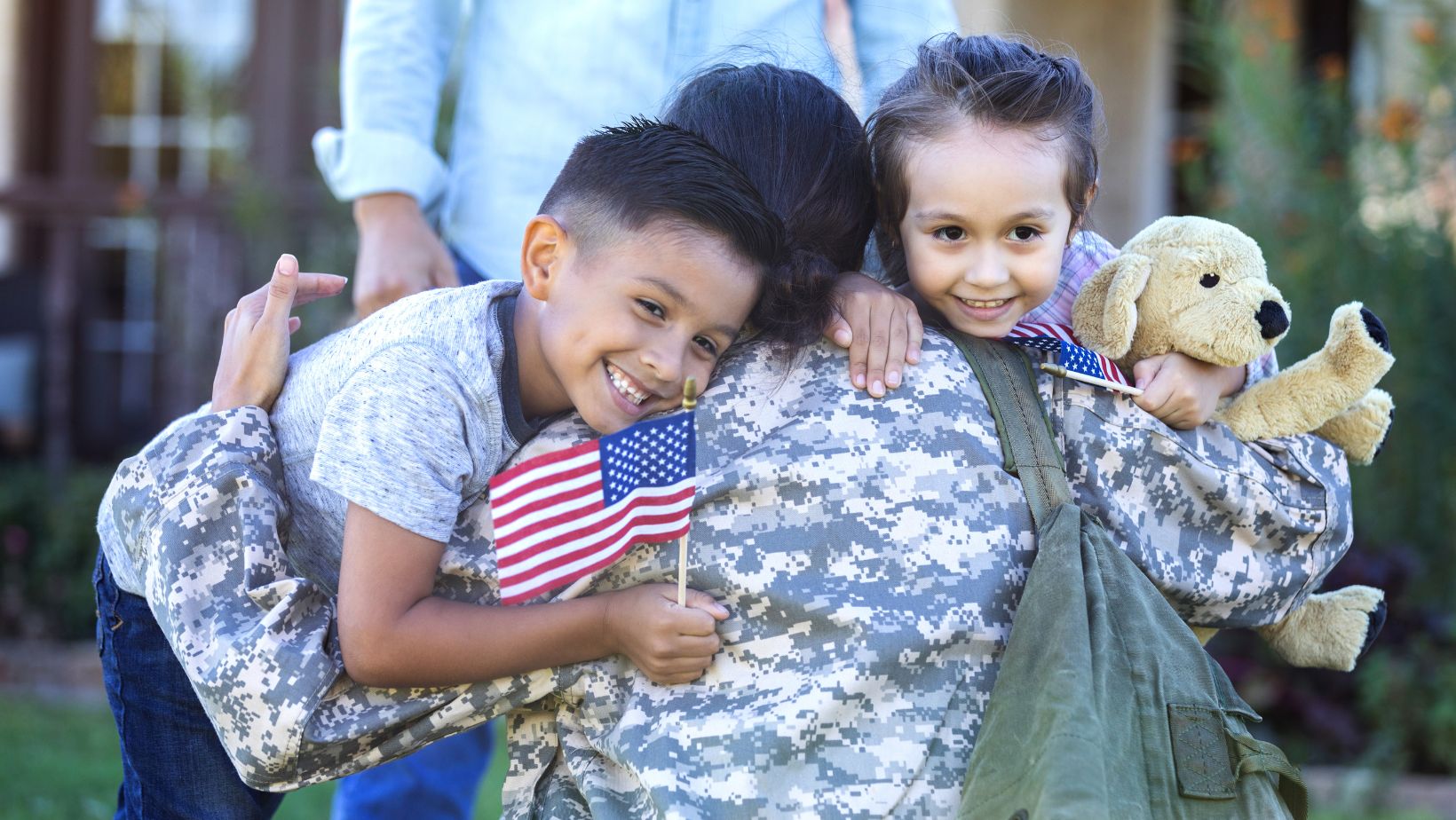
Use bins, open shelving, or rolling carts to create easy-to-move storage that gives kids access to their favorite things, even when the space doesn’t have built-ins. Consider creating a “comfort corner” in the home, where kids can retreat when they need a little calm or familiarity.
Small touches, like placing a welcome mat outside the door, hanging up a family calendar, or setting up a snack drawer, can create comforting routines and familiarity in any space.
Rebuild Routines That Anchor the Family
Amid all the change, routines are your child’s lifeline. Regular family meals, bedtime stories, or Sunday afternoon walks help maintain structure and emotional safety.
As soon as possible after a move, reestablish your family’s anchor points. Wake-up and bedtime routines, screen-time rules, and chore charts may look different in each new home, but maintaining some continuity helps kids feel secure.
Even if you’re still living out of boxes, holding onto those little rituals sends a powerful message: “This is still us.”
When housing situations are more temporary, such as a hotel, base lodge, or short-term rental, create mini-rituals that work for the moment. Maybe it’s popcorn on Fridays or journaling together before bed. You don’t need a permanent address to build consistency.
Bring the Outdoors In — and the Family Out
Backyards change from house to house, but nature itself can be a consistent part of your family’s sense of place.
Set up a simple outdoor space wherever you are. A few potted plants, a picnic blanket, or a portable play structure can create an instant “yard” even if you’re in an apartment or base housing. Involve kids in planting a few herbs or flowers, which helps them feel rooted and responsible.
Make time for outdoor traditions that travel with you, such as backyard games, stargazing nights, or nature walks on weekends. These shared moments become part of your family’s identity, regardless of where you’re stationed.
Inside the home, bring in natural elements like shells from the beach, pinecones from a hike, or local rocks your child collects. These small tokens of the landscape become souvenirs that tell the story of each chapter of your journey.
Lean on Resources That Support Military Families in Transition
Frequent moves come with real logistical and emotional challenges, but you don’t have to do it alone. Many communities and services exist specifically to support military families in transition.
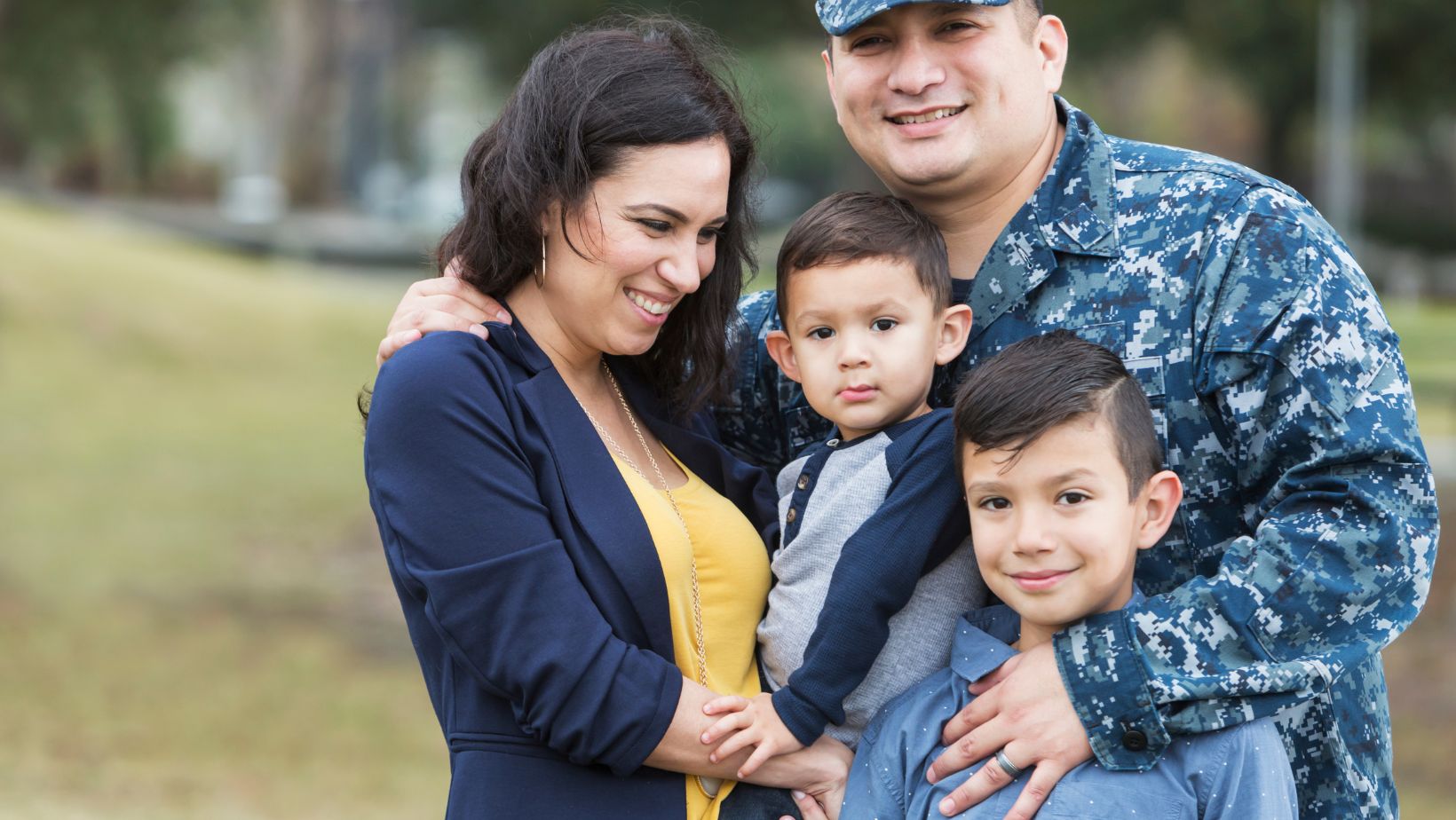
From flexible housing options designed with military timelines in mind to secure storage solutions for families in flux, utilizing these resources can help reduce stress. Knowing your belongings are safely stored or that your next housing step is aligned with your deployment schedule gives you the freedom to focus on settling your children emotionally.
Connect with local family support centers, online parenting communities, or school transition programs. These networks can provide ideas, encouragement, and practical tips for creating comfort in new places.
Stay Connected to Past Places and People
Creating a new home doesn’t mean forgetting the last one. Encourage kids to stay in touch with old friends through video chats, letters, or shared projects. Display photos from previous homes or create a “journey wall” showing the places your family has lived.
You might hang a large map with pins marking each duty station, or a photo collage of homes and highlights from each city. This visual reminder of where you’ve been reinforces a positive narrative: your family isn’t losing a home, you’re gaining a rich, mobile story together.
Home is What You Carry With You
For military families, home isn’t always a fixed address, but it is something you can build again and again, with care, creativity, and connection. Every child deserves a space where they feel seen, valued, and safe, whether that’s a bedroom they’ve had for years or a shared bunk in a new base apartment.
By focusing on what truly makes a place feel like home, meaningful routines, personal touches, and the steady presence of family, you give your child the priceless gift of security in motion.
In the end, home is not where you are. It’s who you’re with, and what you make of each new beginning.


